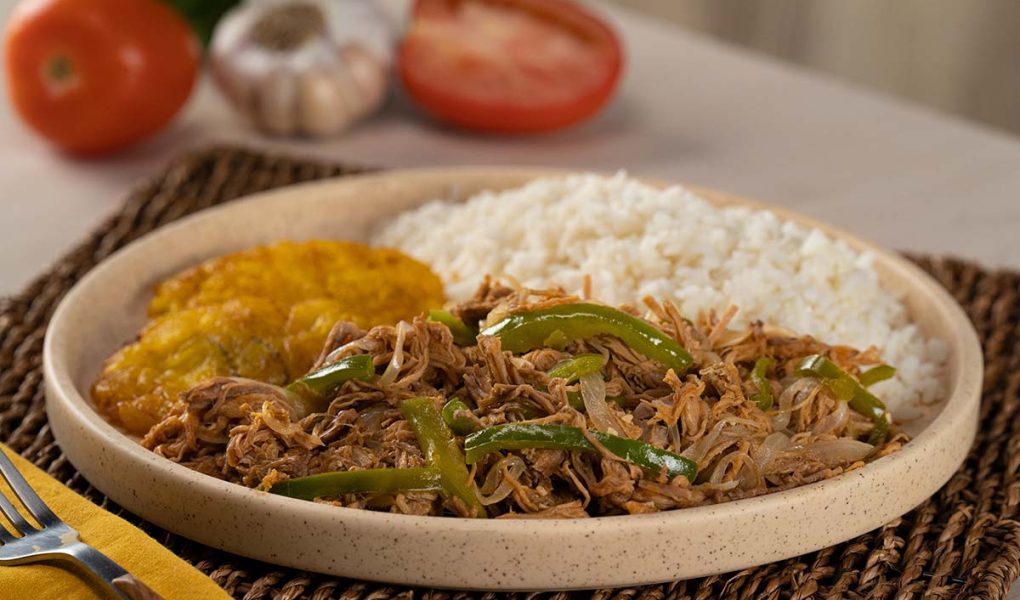lettersforvivian.org – Cuba, the largest island in the Caribbean, is not only known for its vibrant culture, stunning landscapes, and revolutionary history but also for its rich and diverse cuisine. Cuban food is a delightful blend of indigenous Taíno, Spanish, African, and Caribbean influences, creating a unique culinary tradition that is both comforting and complex. This article takes you on a journey through the flavors, ingredients, and dishes that define Cuban cuisine.
The Foundations of Cuban Cuisine
Cuban cuisine is rooted in the island’s history and the diverse cultures that have shaped it. The Taíno people, the original inhabitants of the island, introduced the use of cassava, corn, and sweet potatoes. The Spanish colonizers brought with them rice, pork, and olive oil, while the African slaves contributed plantains, okra, and a variety of spices. Later, the influence of French immigrants from Haiti added a layer of sophistication with the introduction of coffee and certain culinary techniques.
Key Ingredients
Several key ingredients are central to Cuban cuisine:
- Rice: A staple in Cuban meals, often served alongside beans.
- Beans: Black beans (frijoles negros) are particularly popular and are used in dishes like the classic black bean soup.
- Pork: Pork is the most common meat, prepared in various ways, from roasted to shredded.
- Plantains: Both green and ripe plantains are used in sweet and savory dishes.
- Seafood: Given its island location, seafood plays a significant role in Cuban cuisine, with dishes featuring fish, lobster, and shrimp.
- Spices and Herbs: Garlic, cumin, oregano, and cilantro are commonly used to flavor dishes.
Signature Dishes
Cuban cuisine boasts a variety of dishes that have gained international fame:
- Ropa Vieja: Literally meaning “old clothes,” this dish consists of shredded beef in a tomato-based sauce, served with rice and beans.
- Lechon Asado: Roast pork is a traditional dish often served during celebrations, marinated with garlic, sour orange juice, and spices.
- Arroz con Pollo: A hearty one-pot meal of chicken and rice, flavored with saffron and peas.
- Frituras de Malanga: Fried malanga (a root vegetable) fritters, a popular snack or side dish.
- Moros y Cristianos: A flavorful mixture of black beans and white rice, cooked together with spices.
Street Food and Snacks
Cuban street food and snacks offer a quick taste of the country’s culinary delights:
- Croquetas: Small croquettes filled with ham, fish, or cheese, often found in cafes and at street vendors.
- Tostones: Twice-fried green plantains, served with garlic sauce or salt.
- Elotes Callejeros: Grilled corn on the cob, seasoned with a mixture of mayonnaise, cheese, and chili powder.
Desserts and Sweets
Cuban desserts are a delightful mix of flavors, often incorporating tropical fruits and nuts:
- Flan: A creamy caramel custard, similar to the Spanish version but with a distinct Cuban twist.
- Guava Pastries: Pastries filled with guava jam and cream cheese, a perfect balance of sweet and tart.
- Tres Leches Cake: A sponge cake soaked in a mixture of three types of milk, topped with whipped cream.
Beverages
Cuban beverages are as varied as its dishes, ranging from refreshing non-alcoholic drinks to world-renowned cocktails:
- Café Cubano: A strong espresso, sweetened with sugar and often served with a shot of milk on the side.
- Mojito: A refreshing cocktail made with rum, mint, sugar, lime juice, and soda water.
- Batido: A thick fruit smoothie, often made with mango, guava, or mamey.
Conclusion
Cuba’s rich cuisine is a testament to the island’s history and the resilience of its people. Each dish tells a story, blending flavors and traditions from across the globe. Whether you’re enjoying a hearty meal of ropa vieja or sipping on a classic mojito, Cuban cuisine offers a culinary journey that is both comforting and exciting. As the country continues to open up to the world, its cuisine remains a beacon of its culture, inviting food lovers to explore the flavors of this unique island nation.




